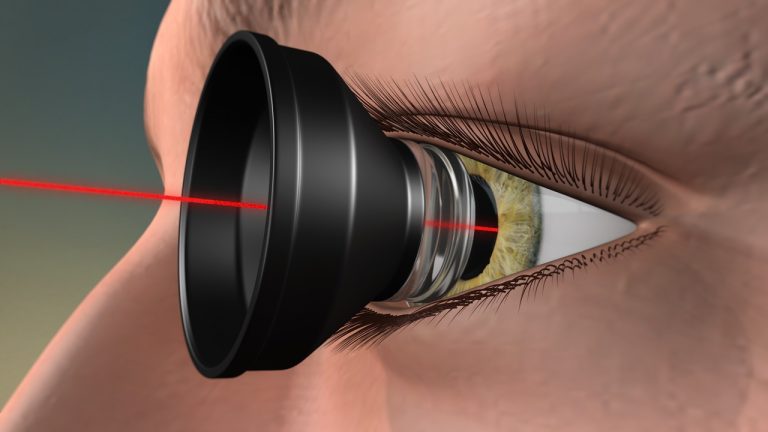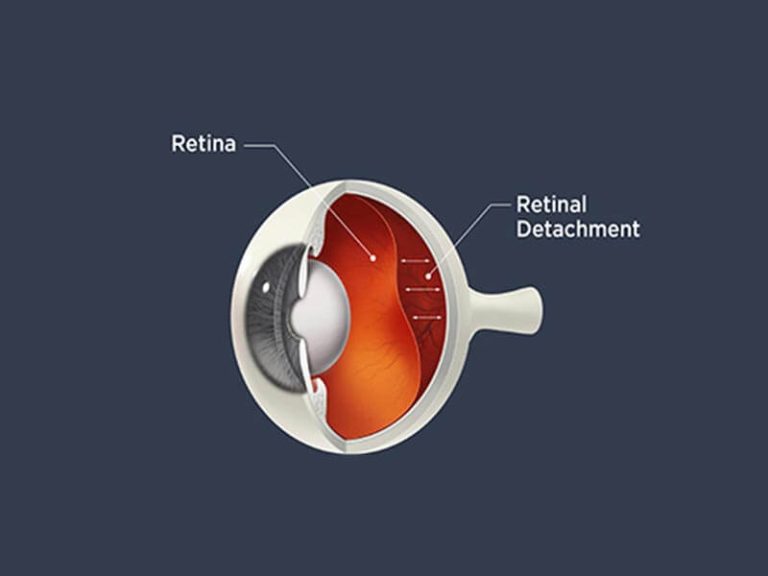What Are Eye Floaters and Flashes?

Floaters are tiny clumps of gel or cells inside the vitreous, the clear gel-like substance that fills the inside of your eye. Flashes are visual disturbances that resemble lightning streaks or flickering lights, often occurring when the vitreous tugs on the retina.
Causes

Ageing: The most common cause; the vitreous gel shrinks and forms clumps.

Eye Injuries: Trauma can cause floaters and flashes

Inflammation: Uveitis or other inflammatory conditions.
Retinal Tears: Can lead to retinal detachment

Diabetes: Diabetic retinopathy can cause floaters.
Symptoms
Floaters: Small, dark, shadowy shapes that move with your eye movements
Flashes: Sudden flashes of light, often seen in peripheral vision.
Increased Floaters and Flashes: Can indicate a retinal tear or detachment.
Diagnosis
Comprehensive Eye Exam: Dilated eye exam to inspect the vitreous and retina.
Ultrasound Imaging: Helps visualize the retina if obscured by floaters.

Optical Coherence Tomography (OCT): Detailed images of the retina and vitreous.
Treatment

Monitoring: Most floaters are harmless and do not require treatment.

Vitrectomy: Surgical removal of the vitreous gel, reserved for severe cases.
Laser Therapy: Used to break up large floaters in some cases.
Preventive Measures

Regular Eye Exams: Essential for early detection of serious conditions.
Protect Eyes from Injury: Use protective eyewear during activities that pose a risk to your eyes.

Manage Underlying Conditions: Control diabetes and other health issues that can affect eye health.
Conclusion
When to See a Doctor?
- Sudden Increase in Floaters or Flashes: Could indicate a retinal tear or detachment.
- Loss of Vision: Immediate medical attention is required.
Eye floaters and flashes are common, especially as we age. While they are usually harmless, a sudden increase can be a sign of a serious condition like retinal detachment. Regular eye exams and prompt attention to changes in vision are crucial for maintaining eye health.







